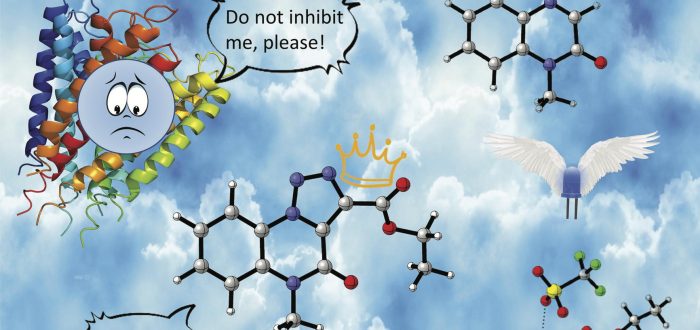Recently, Roger Monreal-Corona, Emili Besalú, Anna Pla-Quintana and Albert Poater reported in Organic & Biomolecular Chemistry on “Photoredox catalysis leading to triazolo-quinoxalinones at room temperature: selectivity of the rate determining step”.
The interest in the fusion product of quinoxalinone skeletons and 1,2,3-triazole units has greatly increased in recent years since they are known to be agonists of G-protein-coupled Niacin receptor 109A and inhibitors of the benzodiazepine and adenosine receptors. Here, we unveil the mechanism for the photoredox catalyzed synthesis of those scaffolds by means of DFT calculations. The calculations indicate that the rate determining step of this transformation is the attack of the in situ generated radical intermediate on the C=N bond of the quinoxalinone species to form a new C–C bond. Predictive chemistry here reveals that the energy difference is so subtle, and gives the recipe of which substituents, sterically and electronically, can fit to perform the reaction at room temperature.
The paper was accompanied by the Front Cover:
R. Monreal-Corona, E. Besalú, A. Pla-Quintana and A. Poater
“Photoredox catalysis leading to triazolo-quinoxalinones at room temperature: selectivity of the rate determining step”
Org. Biomol. Chem. 2022, 20, 9330-9336
DOI: 10.1039/d2ob01587k

Girona, December 15, 2022
For more info: gestor.iqcc@gmail.com

